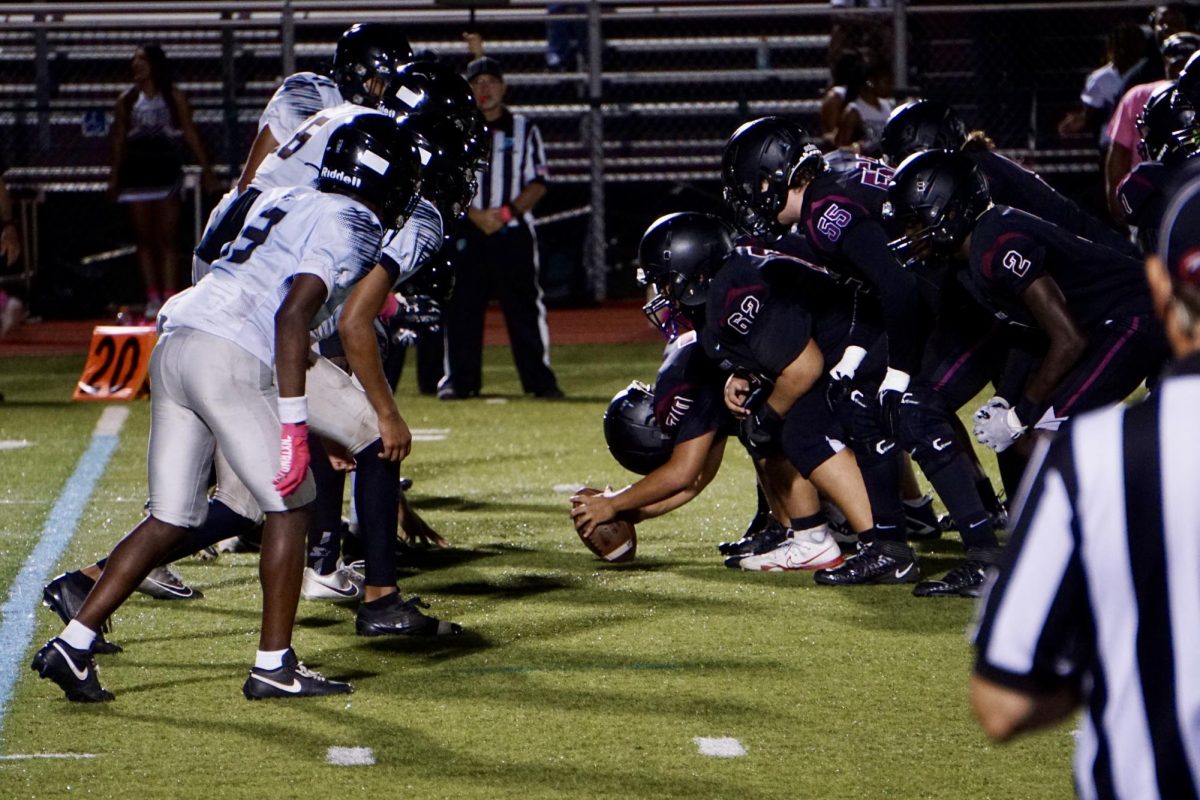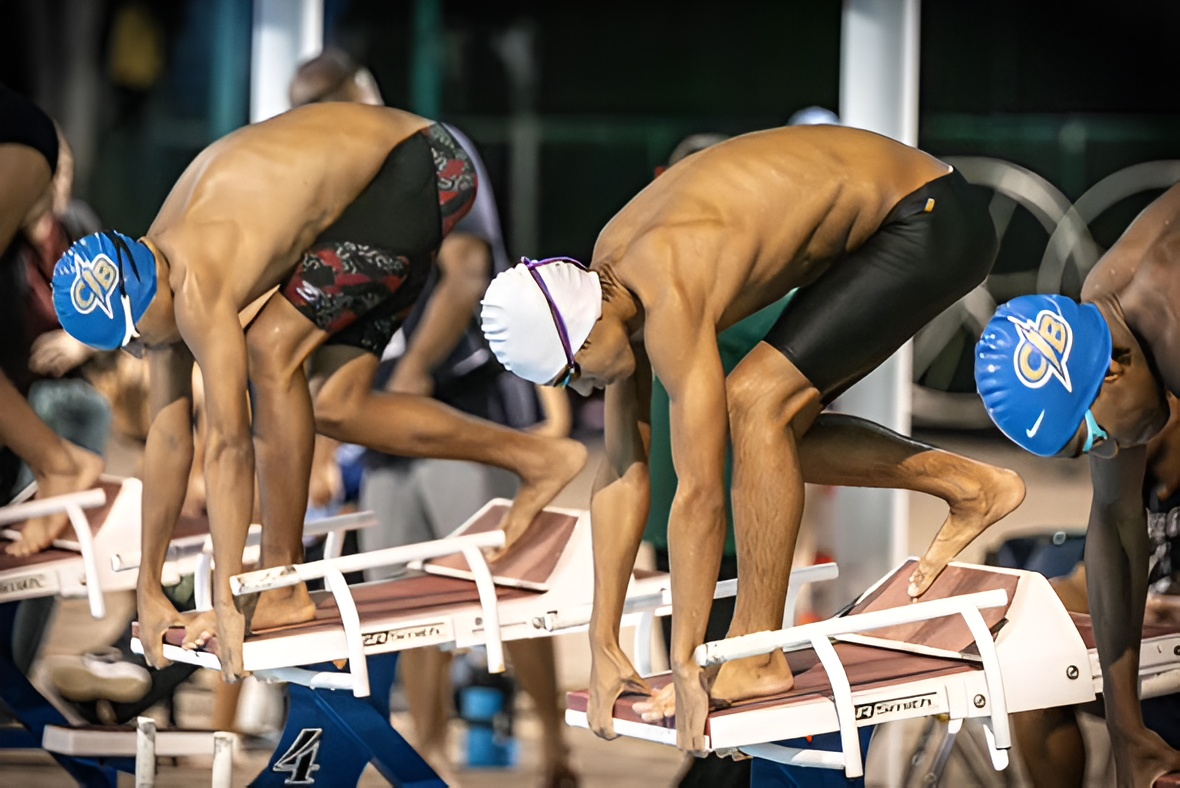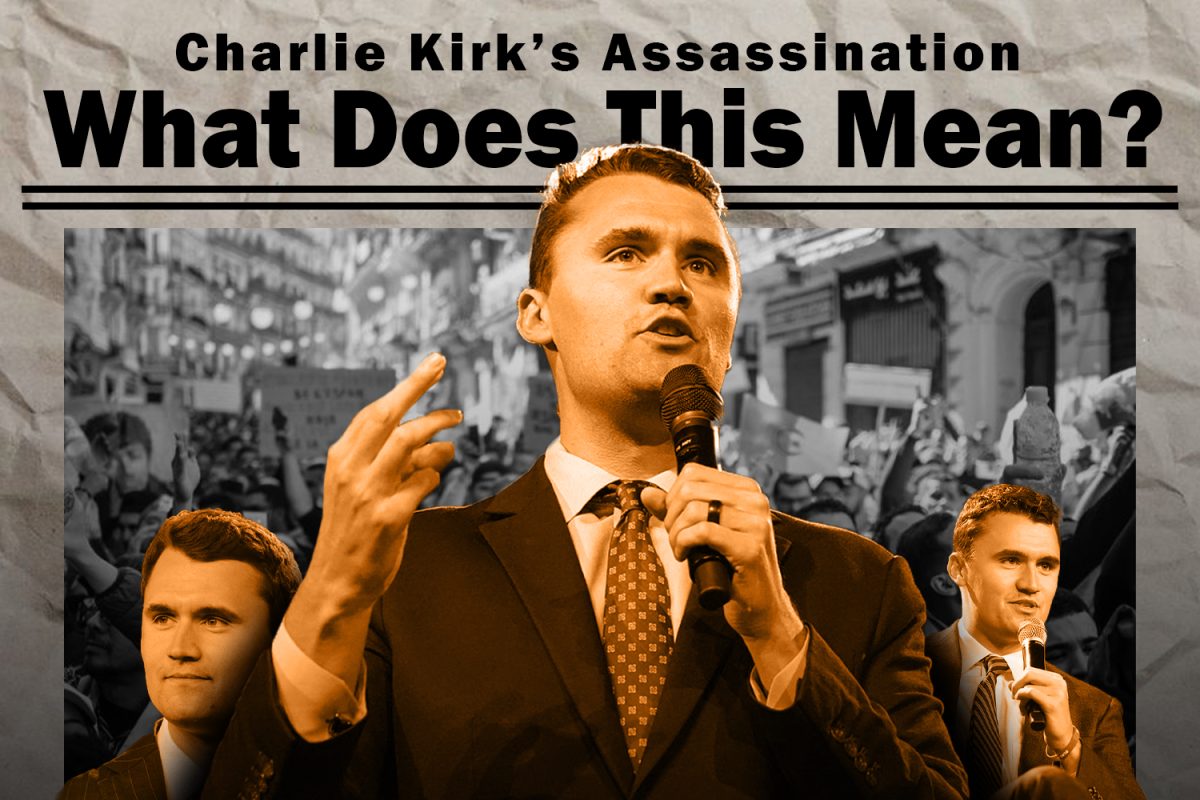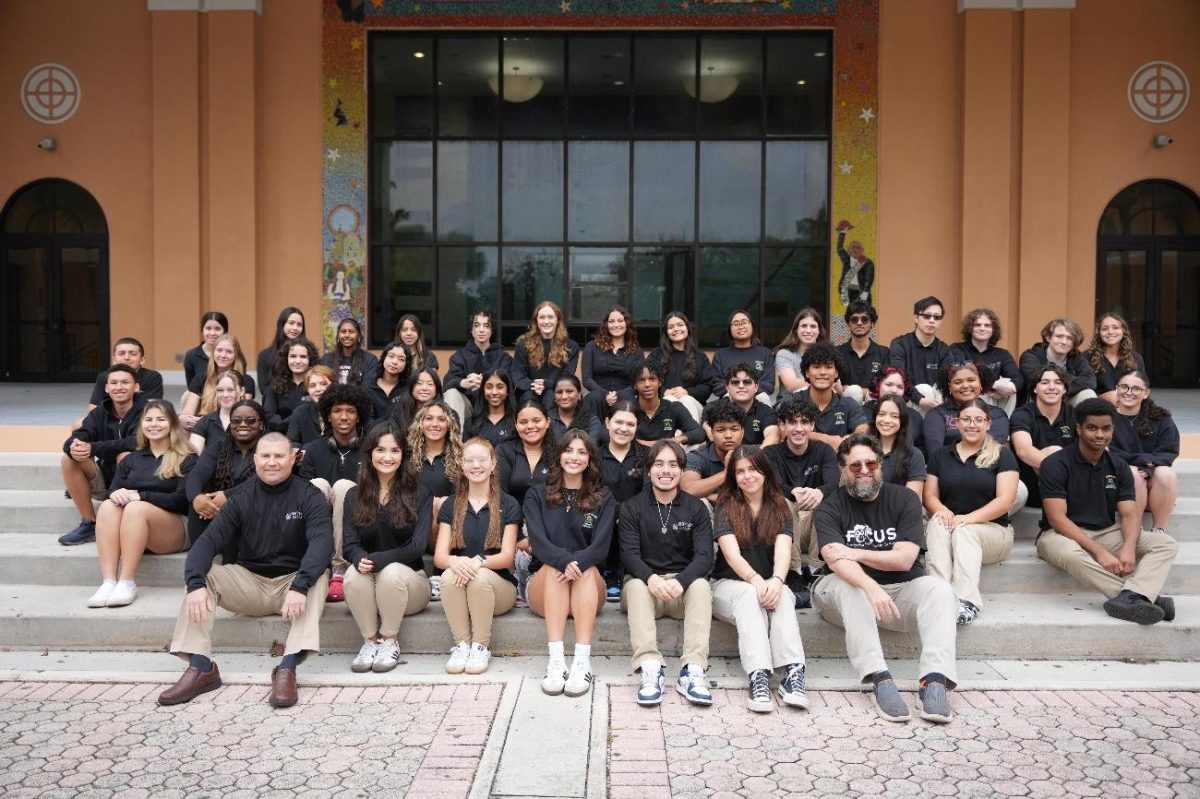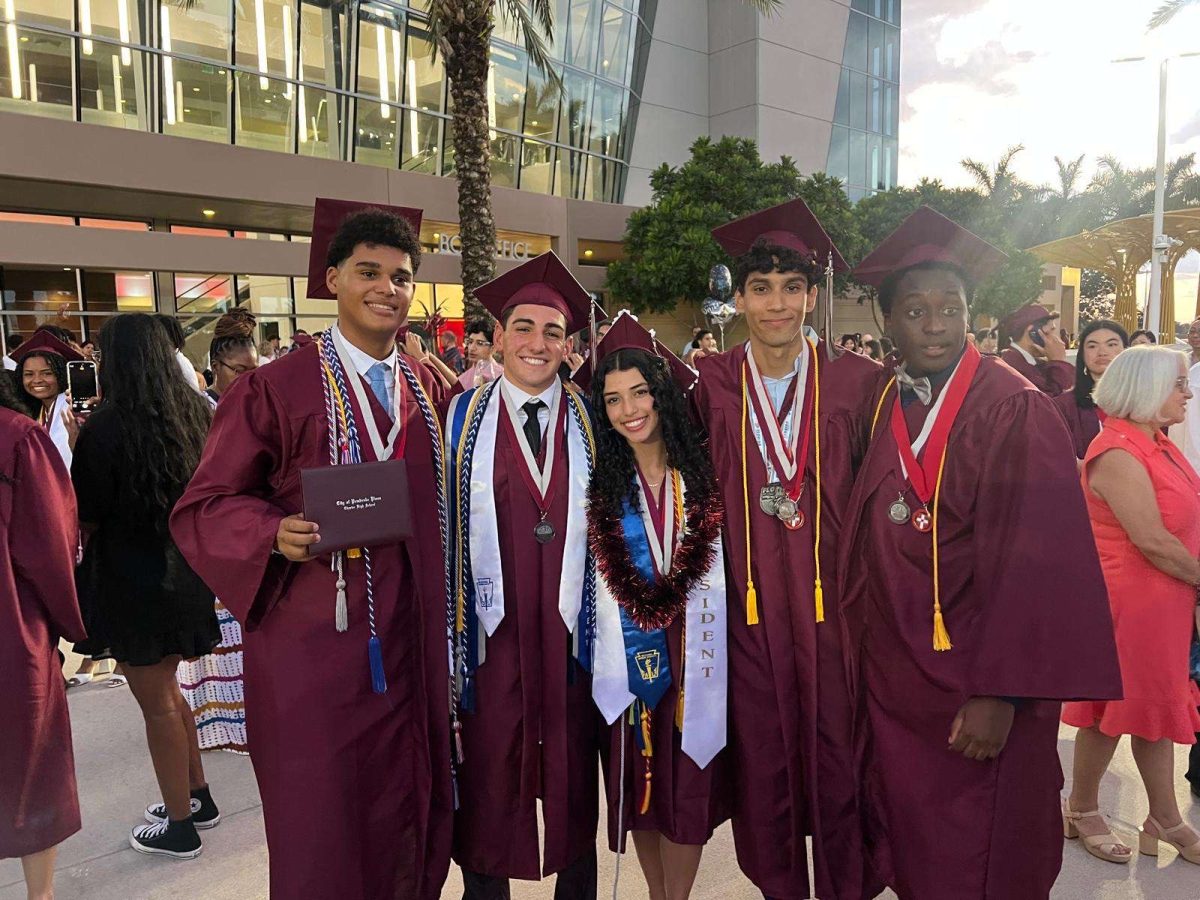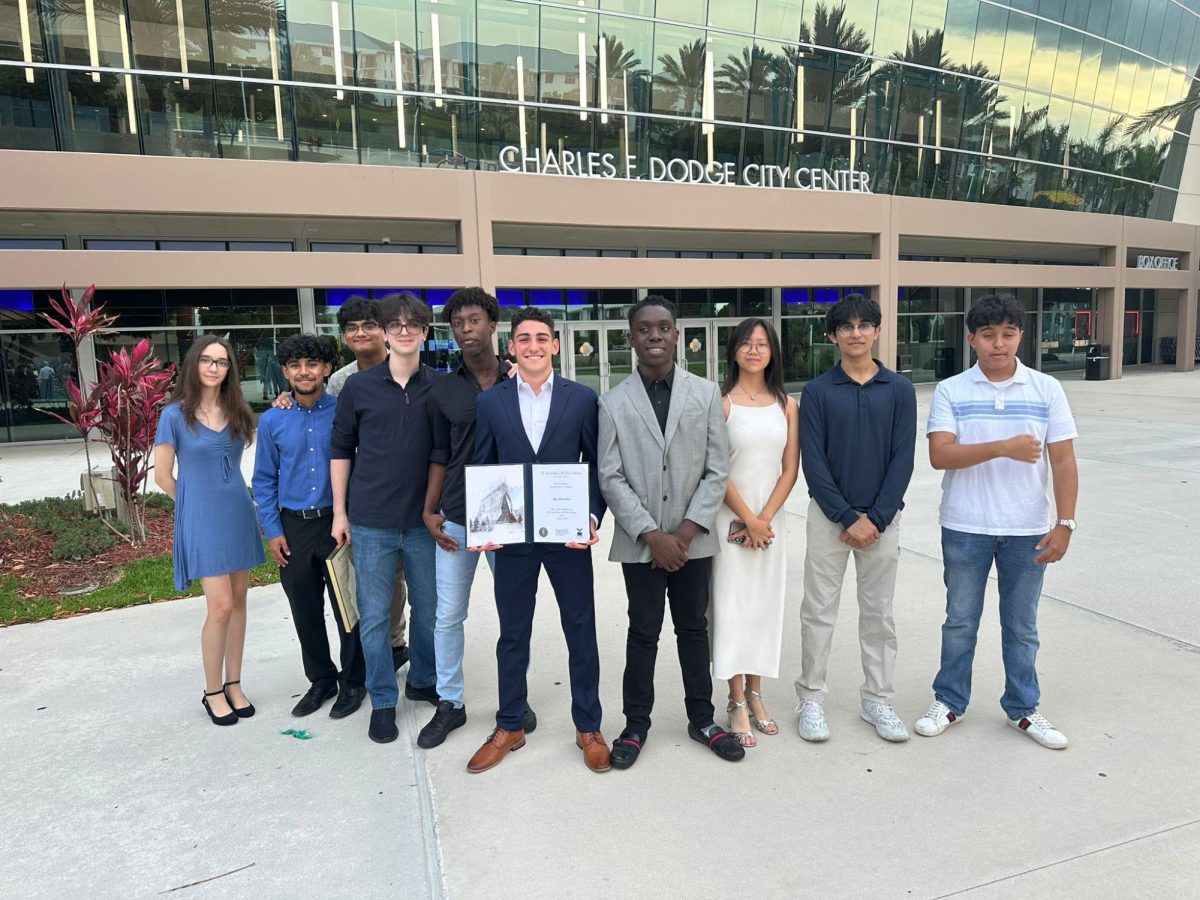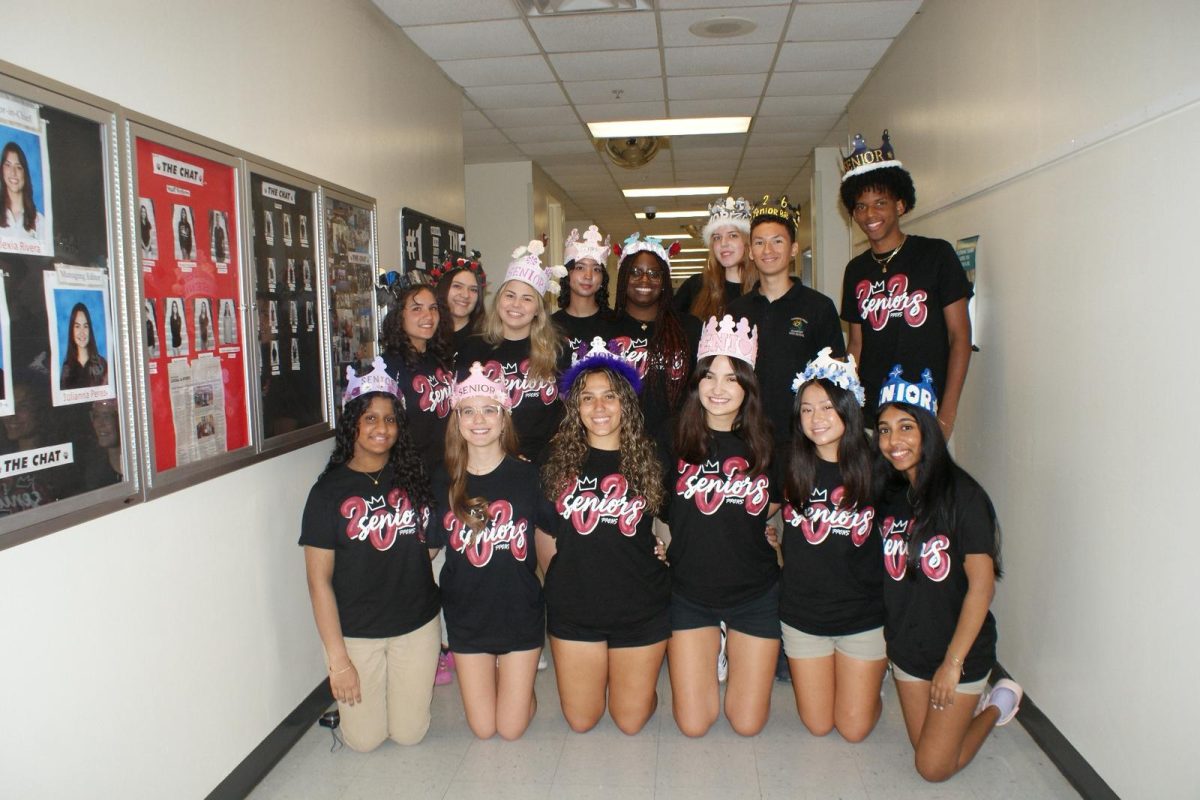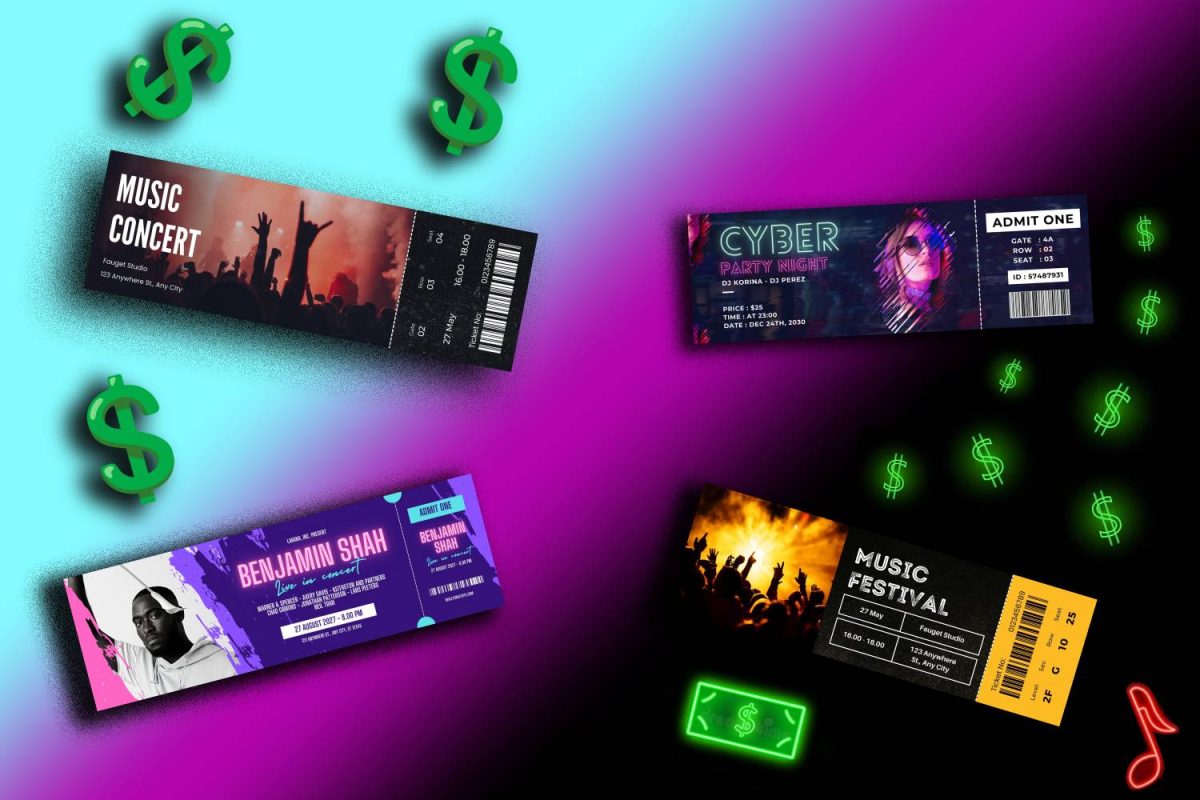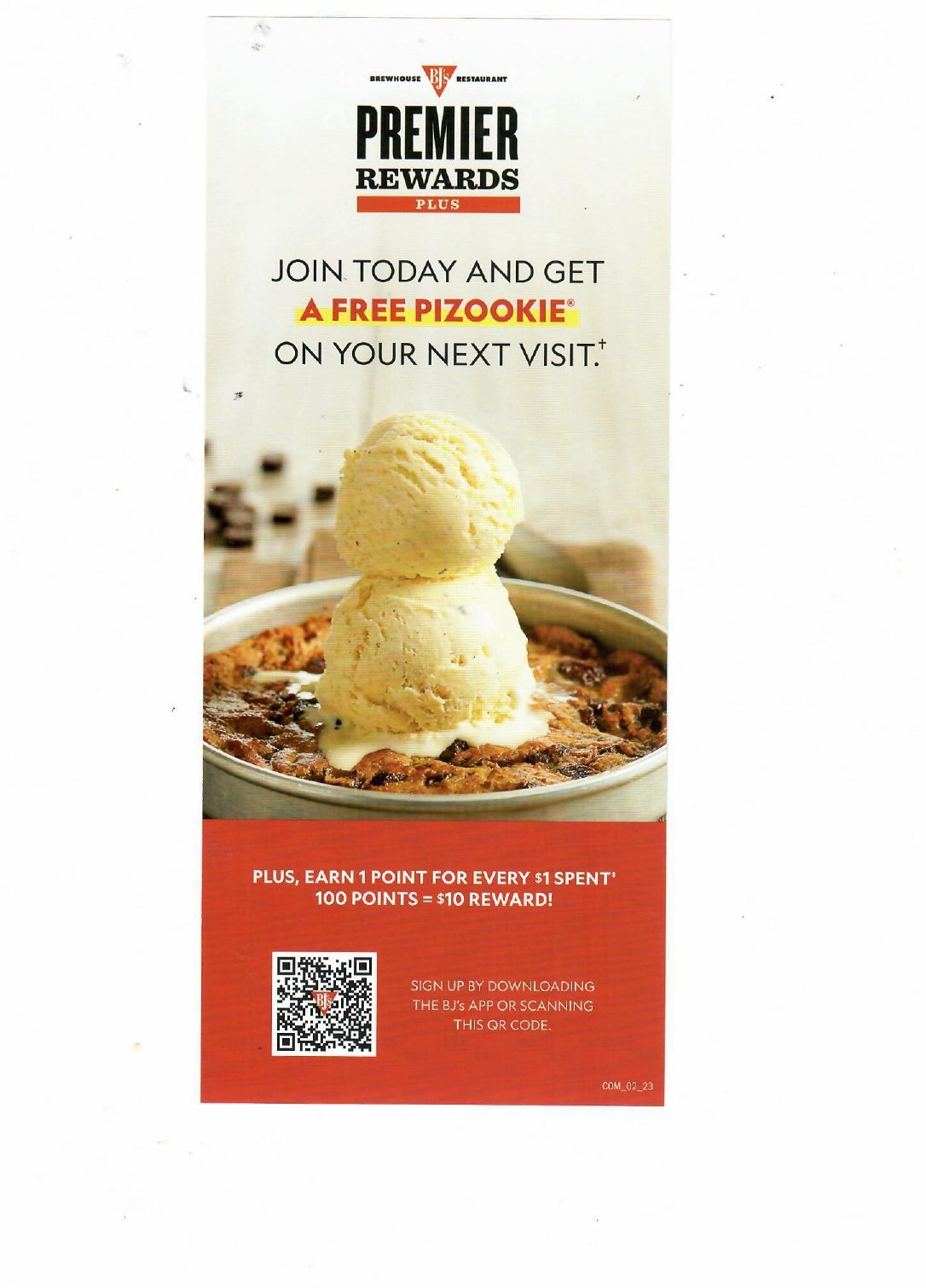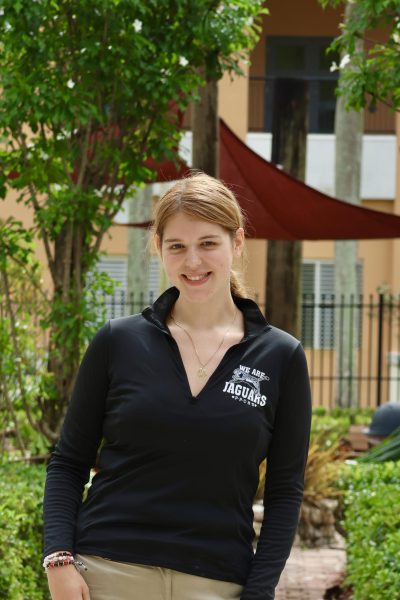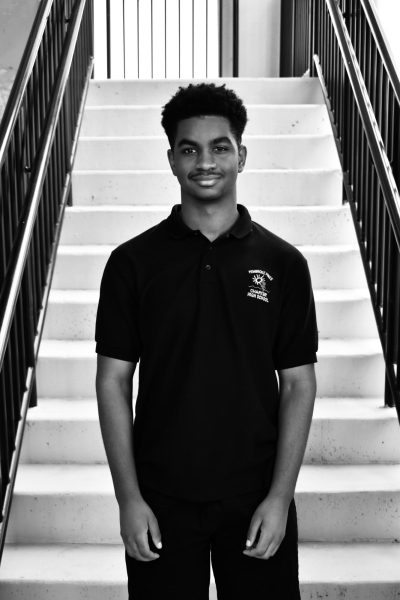Exactly five dollars and fifty cents. That was how much it cost to attend a Beatles concert in 1964, with floor seats. To attain those tickets, concert goers would have to be at the ticket booth as early as 6:00 am, and that was just to beat the crowds. The ticket booths would not even be open yet dozens of people stood in the hot sun to claim their seats. Many concert goers of today would do anything to get that back.
It’s clear to anyone that the days of cheap tickets to see A list artists are over, but the days of accessible digital queues are here to stay. It’s all thanks to ‘Ticketmaster’.
According to the site, “Ticketmaster is the Official Ticket Marketplace for thousands of the world’s biggest events, performers, teams and sports leagues including the NFL, NBA and NHL. Committed to being the safest, most reliable ticket marketplace in the world.” Ticketmaster has existed since 1976, (timeline here) but ever since it was bought out by LIVE NATION ENTERTAINMENT in 2010, its popularity has grown exponentially. It now has reached a new peak in users, as big pop stars such as “Harry Styles” and “Taylor Swift” have used the platform to host a ‘verified fan’ registration. The registration verifies that fans get the seat of their choosing; put in place to combat bots and resellers who try to take the seats first. In order to be verified, users must have an account with Ticketmaster and register to one of the concerts (with the ‘verified fan’ function). They then must wait for a final email from the company (Ticketmaster), that confirms if they are eligible to purchase tickets.
The system sounds efficient (and for the most part it is), but in times where the virtual queue has been used, various issues have occurred. “I got in easy, but my cousin was in line for a day,” said Zyra Rodriguez, Sophomore, hoping to see Reggaeton Artist Bad Bunny in the future. “It’s 1,000 dollars for floor seats but I still want to go, I just think the prices are unfair given that there are real fans that don’t have the money to go.”
The dramatically high prices are due to Ticketmaster’s dynamic pricing system (more about it here). “Dynamic pricing is product pricing based on various external factors, including current market demand, the season, supply changes and price bounding.” (Jennifer Dublino).
An average 72,000 fans attended each Eras concert each night, which means there was $93 million made every single show. Ticketmaster was able to seamlessly achieve this with dynamic pricing, and the loathed virtual queue. By having each fan ‘verified’ by the registration process, it guaranteed a precise quantity of how many tickets were sold. The demand was high not only because of A-listers such as Taylor Swift, but because of the desire to get in. Each artist who had a verified fan page had a dedicated fanbase willing to pay any price to see their idol.
People who got in (and were seeking to resell), scored a minimum of $600 per ticket; A woman was able to accumulate $20,000 for several tickets. It leaves some experts to wonder if this is even legal, and surprisingly, it is.
Ticketmaster is not alone in the usage of this lucrative marketing strategy. Companies such as Amazon, Uber, and Airbnb have used dynamic pricing systems to profit even more periodically.
Uber (coincidentally), finds some of the most profitable opportunities after a concert. During the aftermath of a concert, hundreds of Uber drivers are lined up to charge an extra $300 dollars. They find less difficulty doing so due to the high demand in transportation among concertgoers. For those who drive themselves to concerts, they may face the issues of dynamic pricing before the concert begins. In parking garages, spaces increase based on capacity, the price of valet is likely to increase as well.
Dynamic prices do pose an issue to concertgoers with little money, but they do aid businesses in acquiring the best possible profits, and it may provide a hint of what the economy may work like in the future.

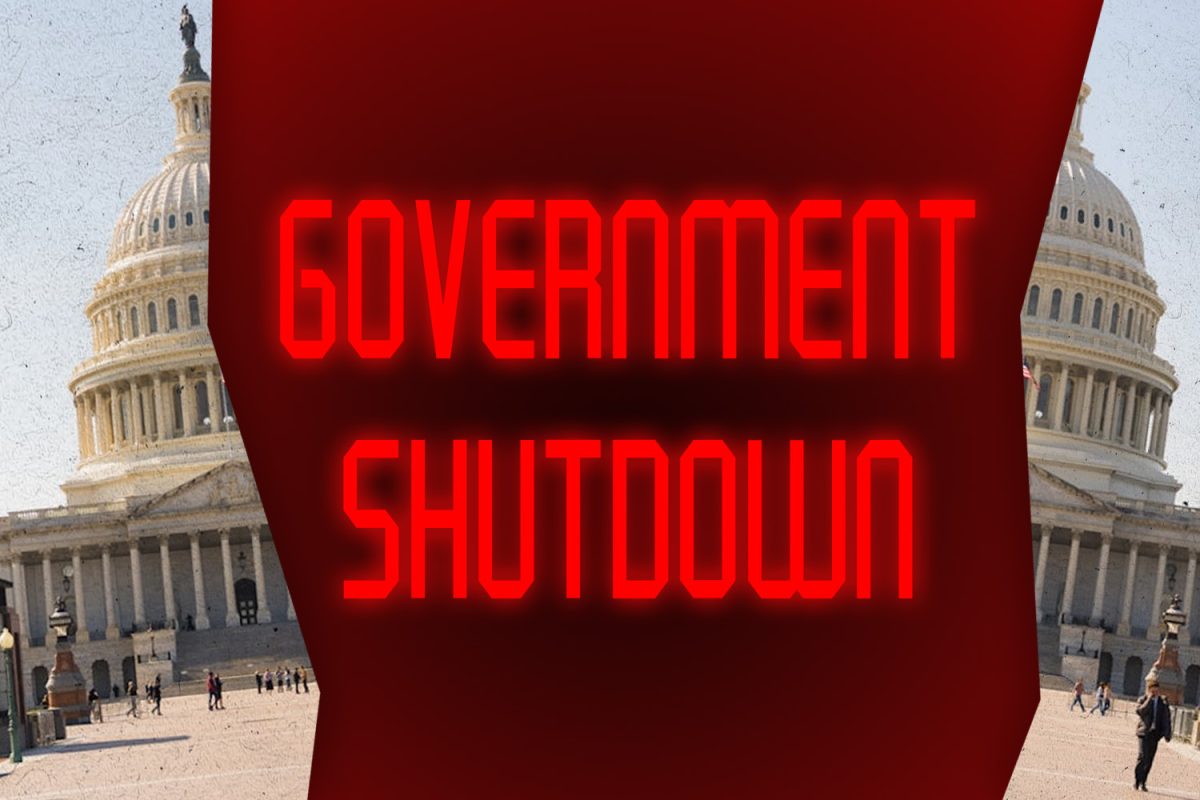
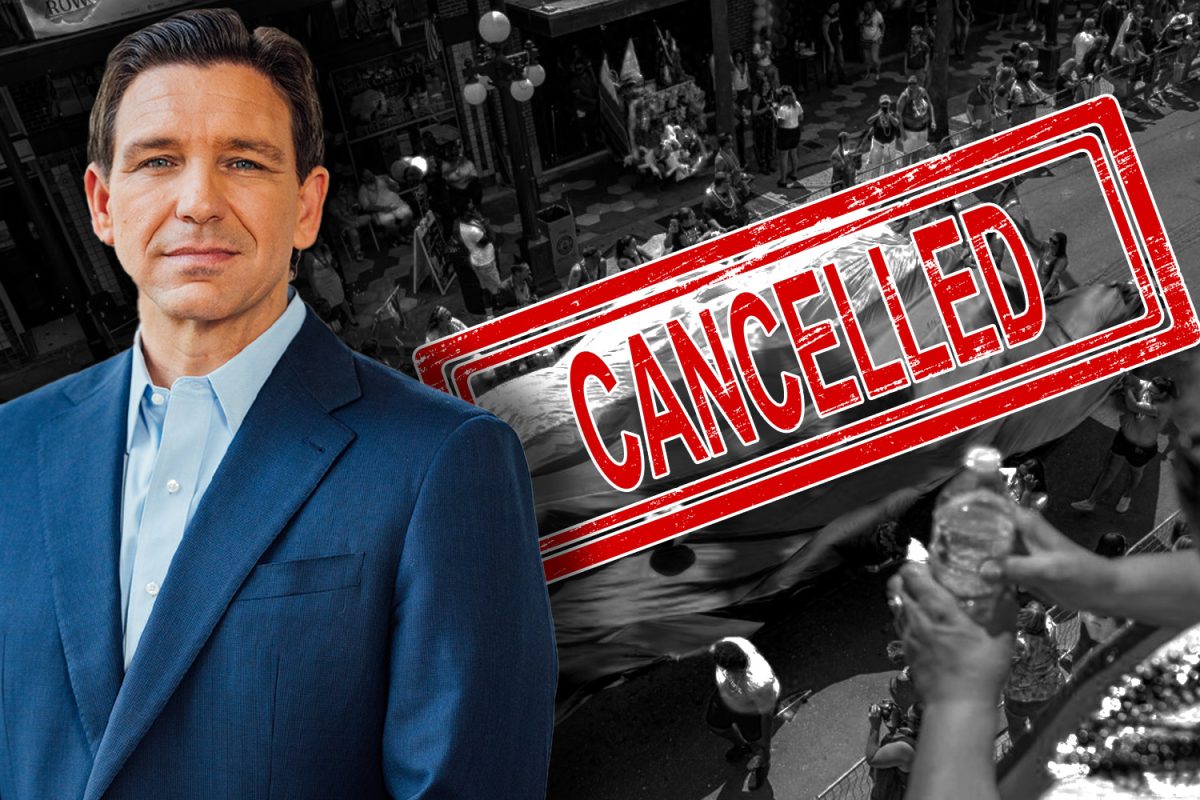
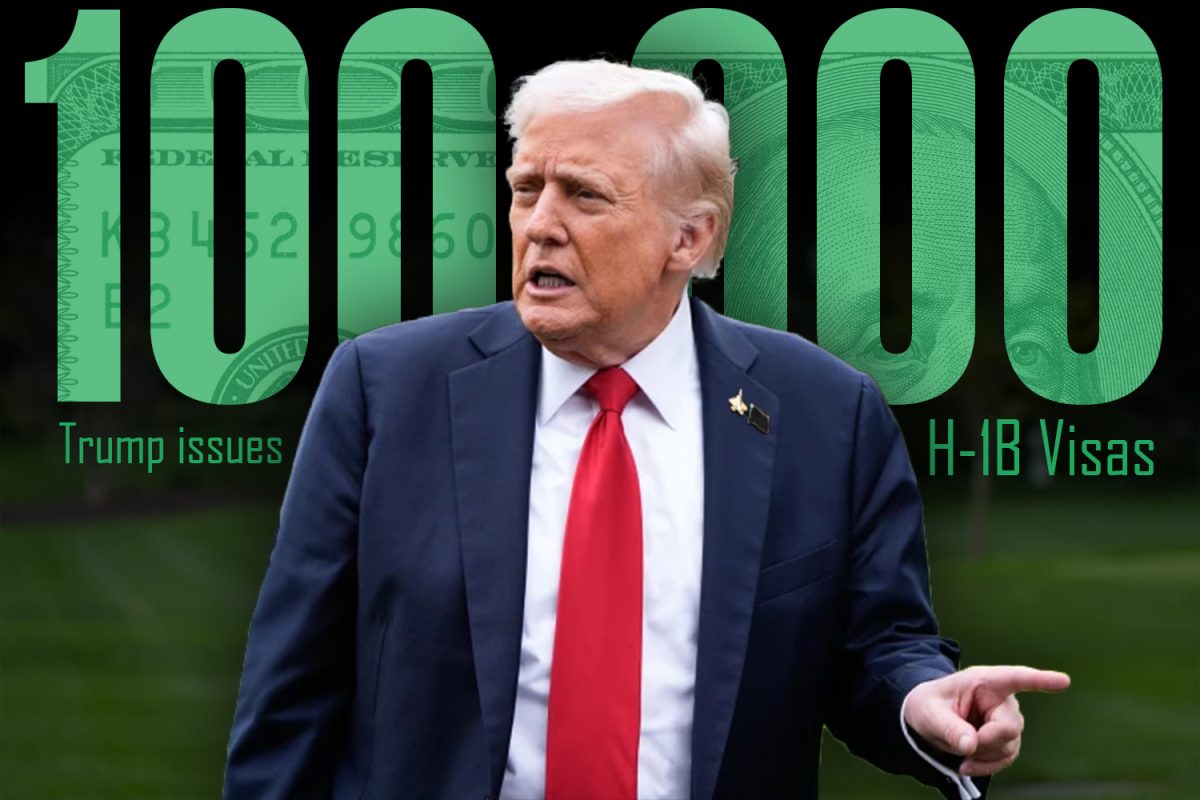
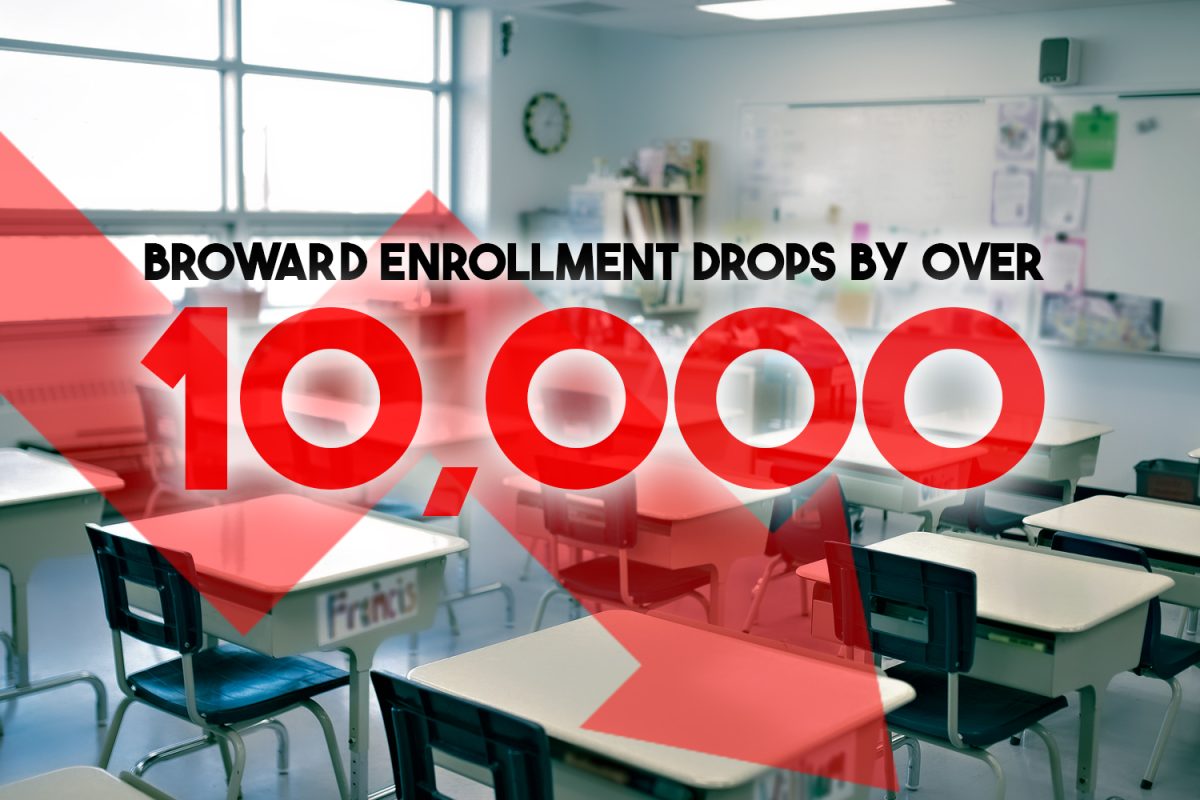
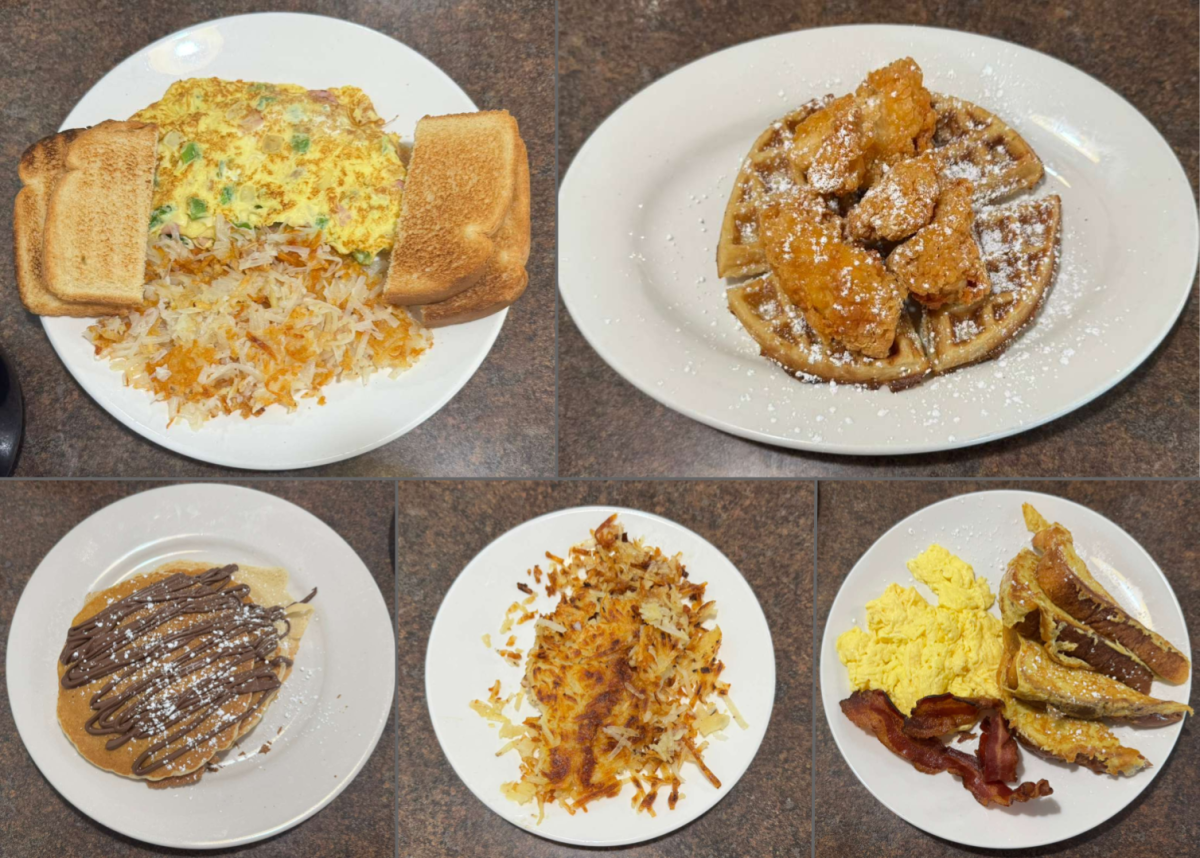



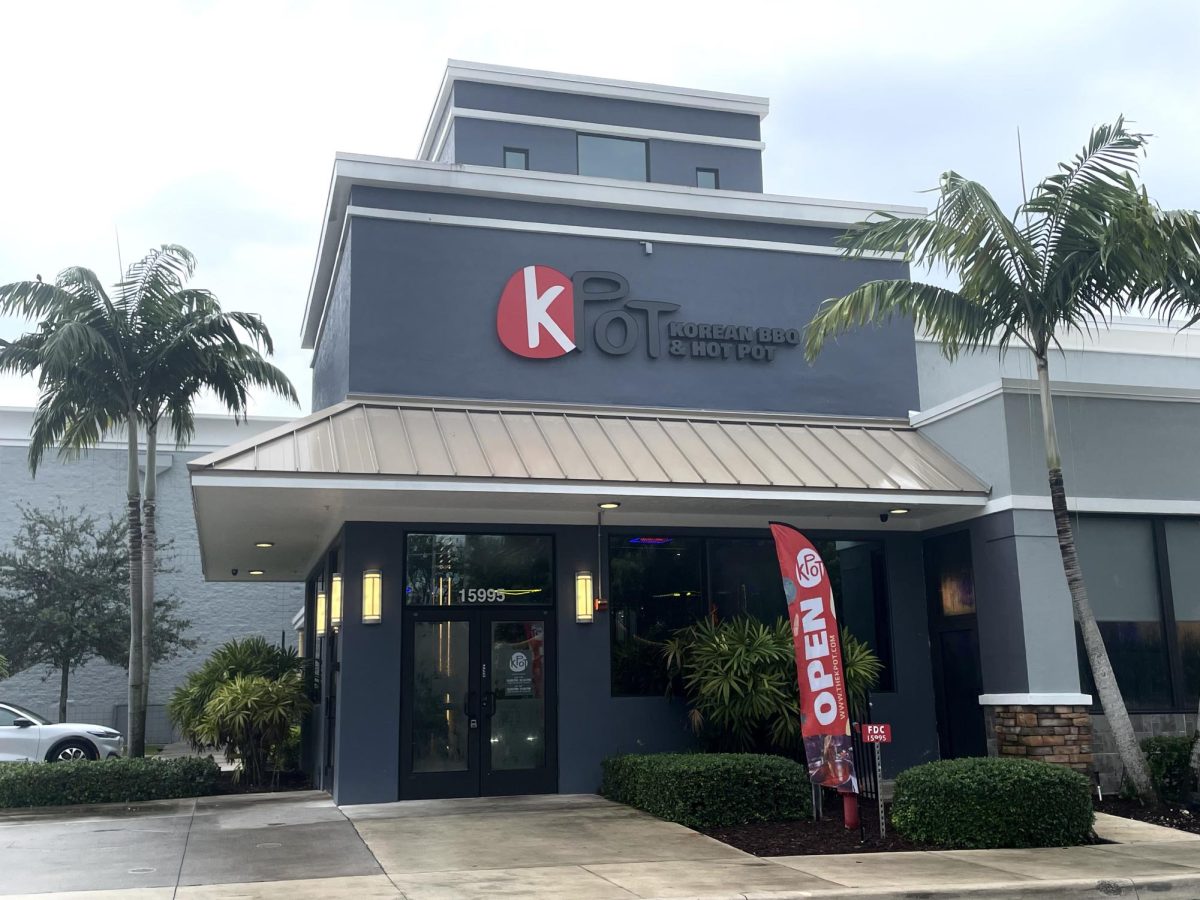


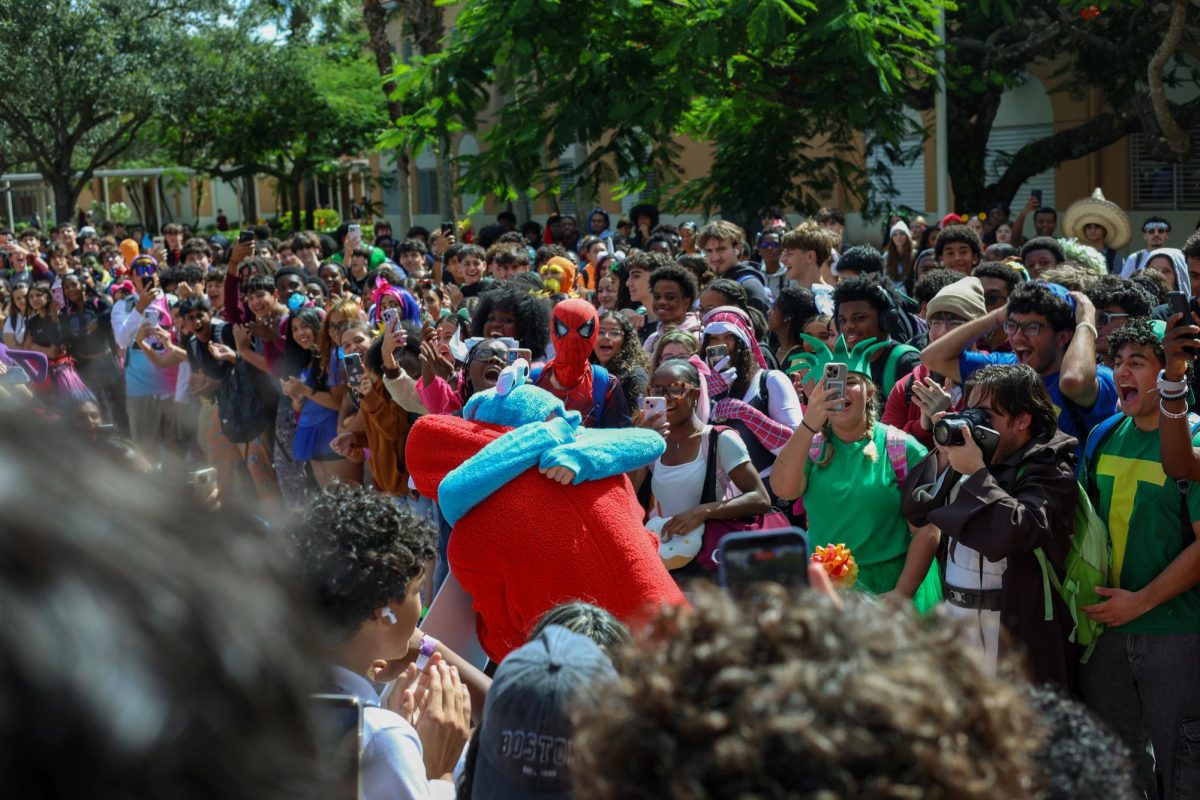
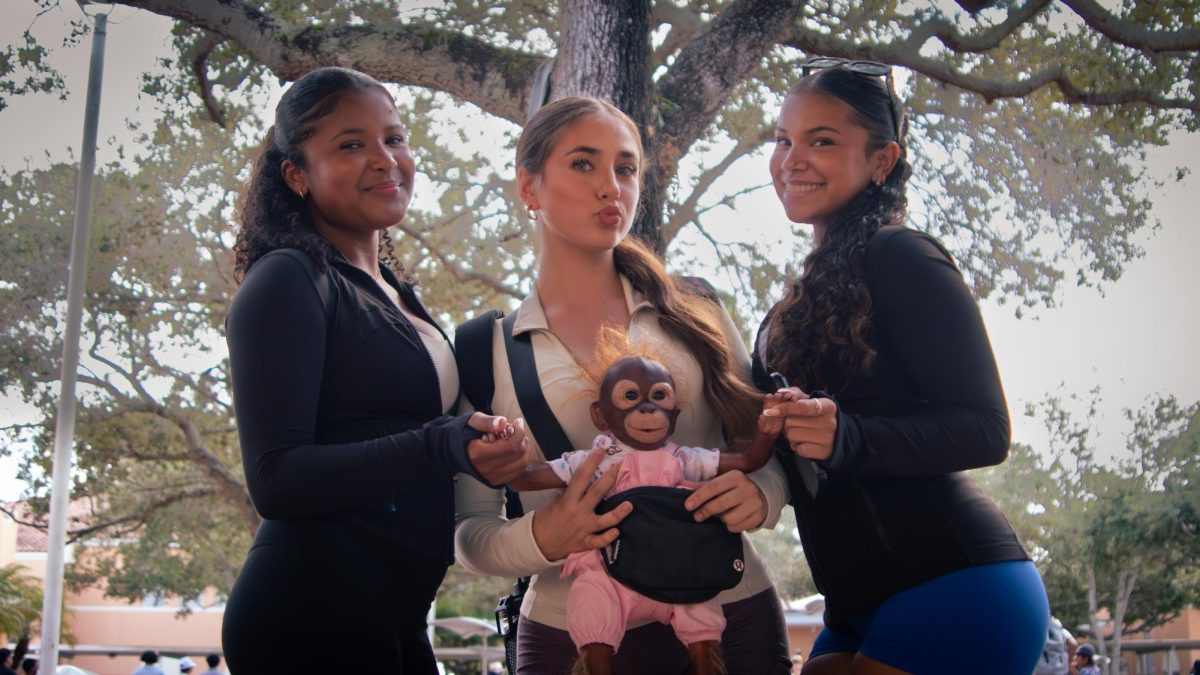

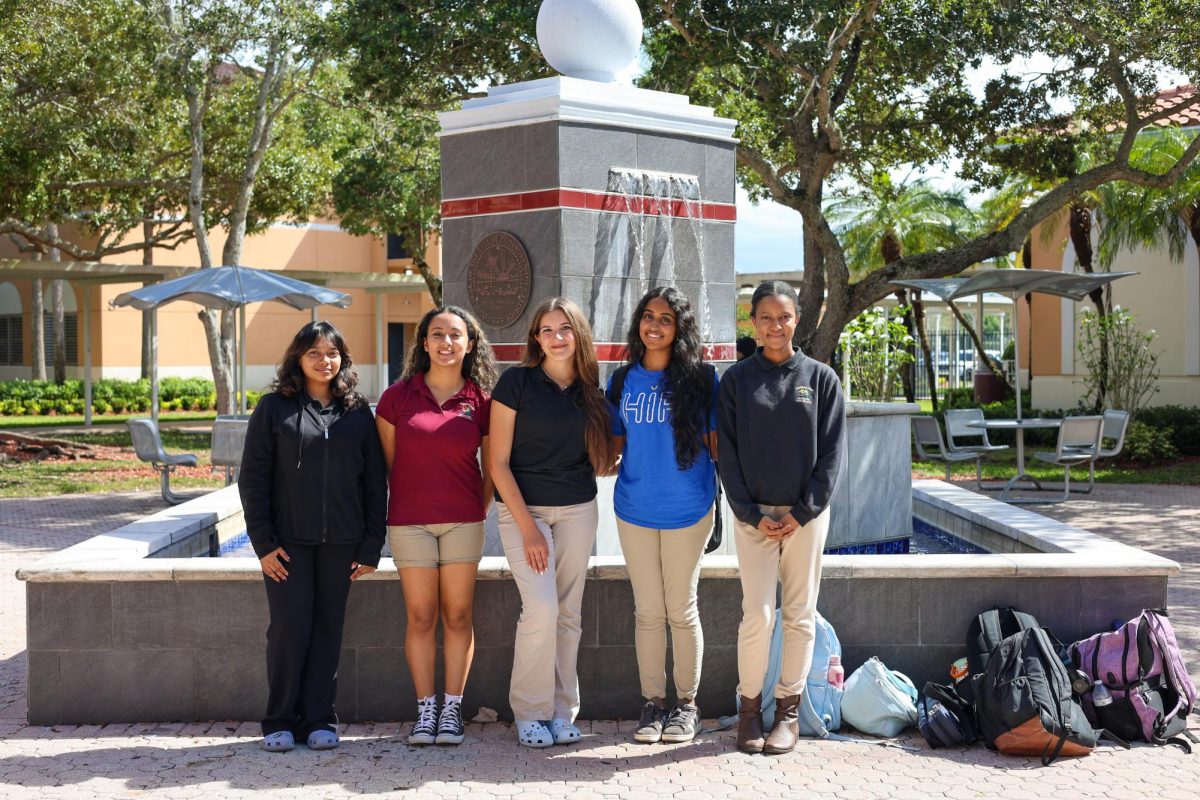



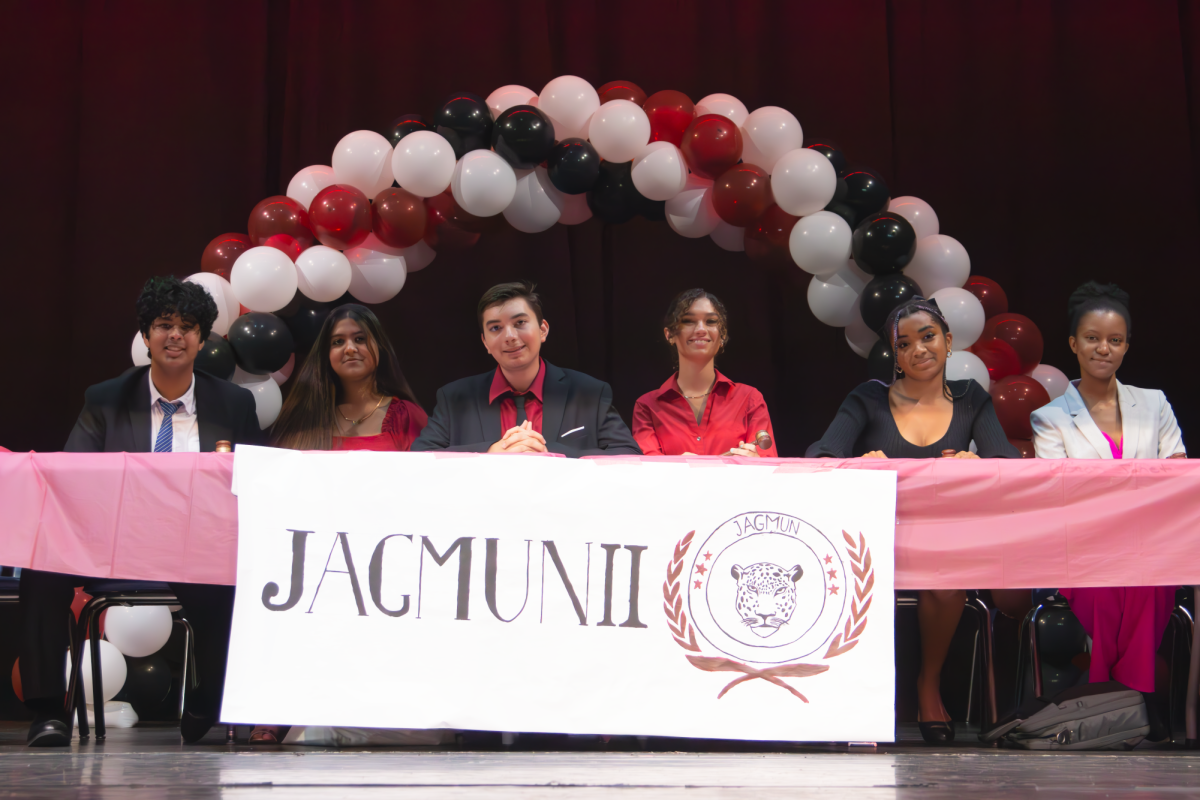
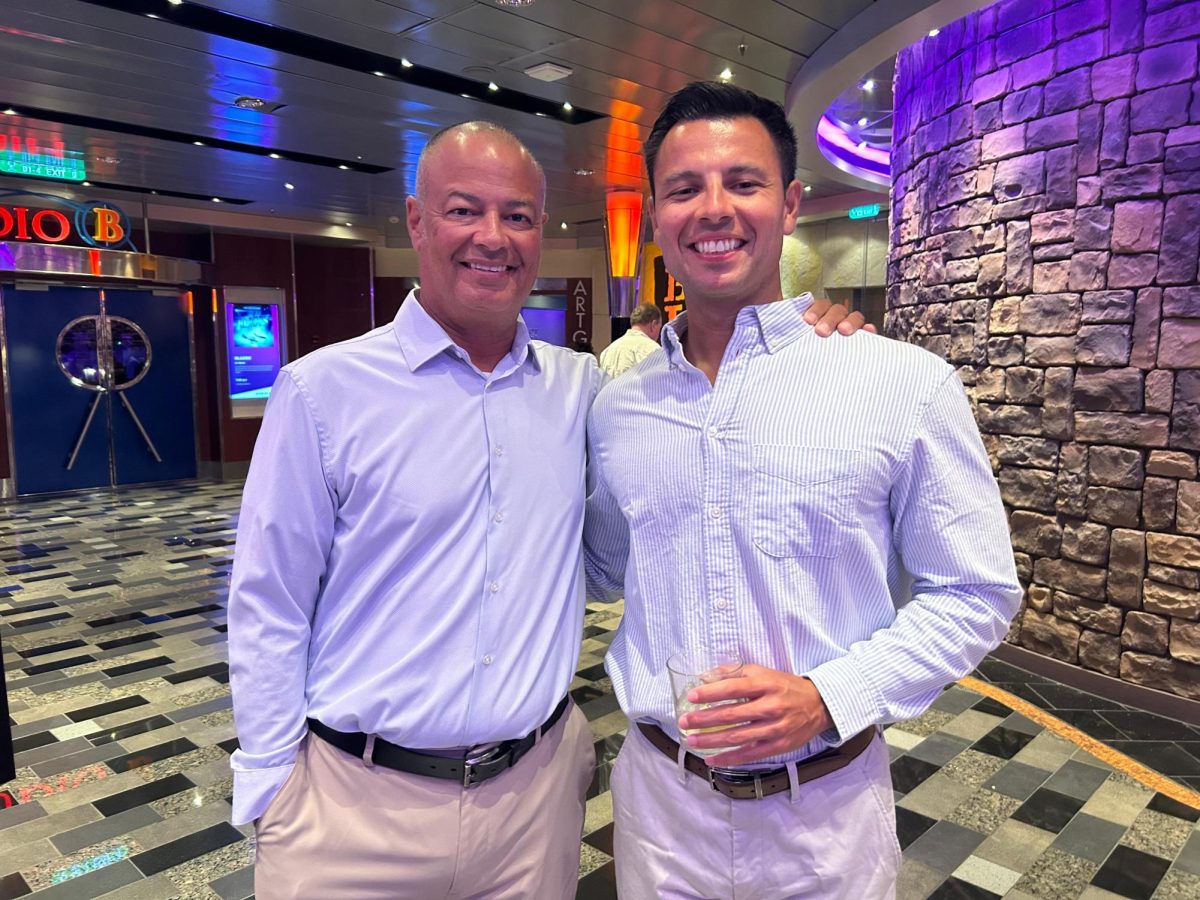


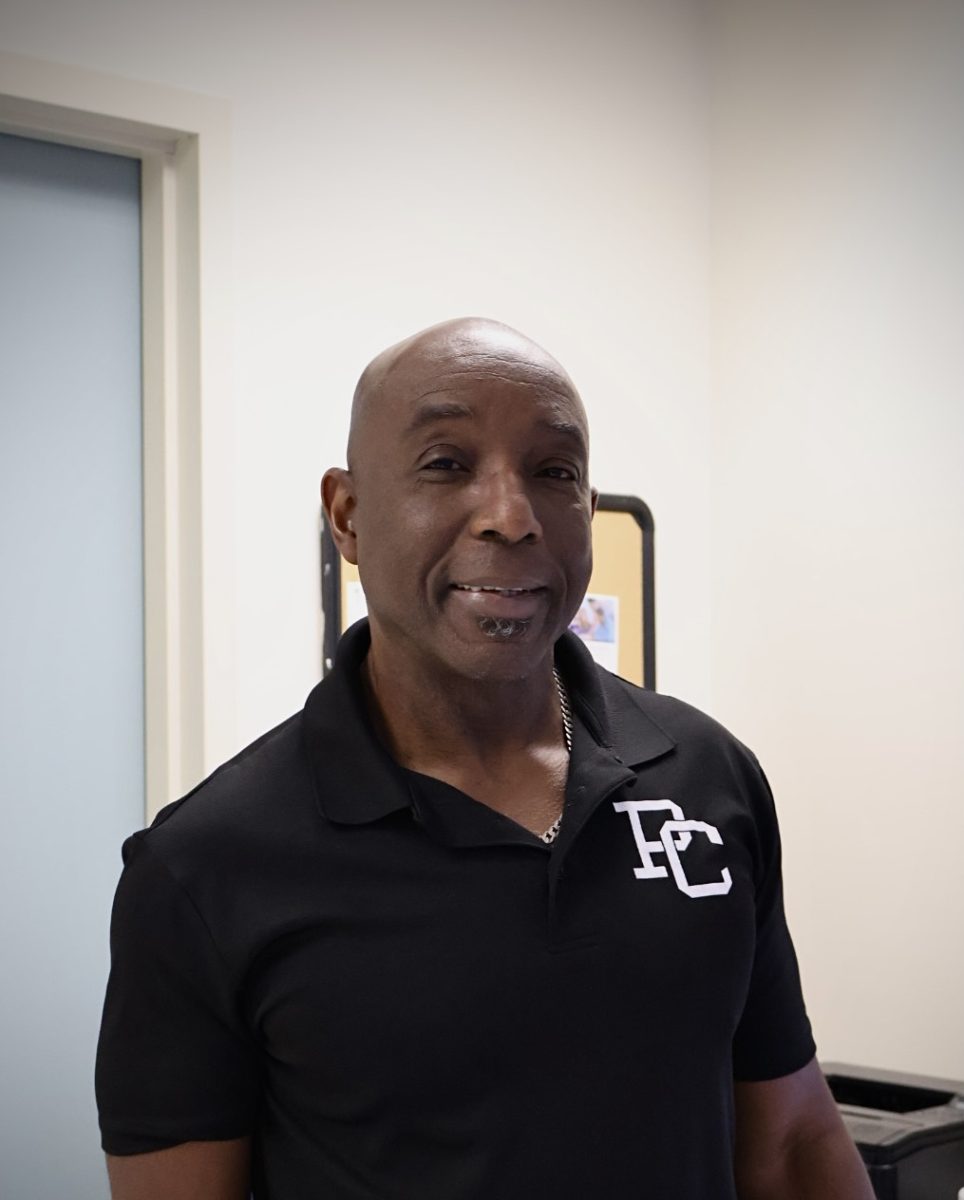



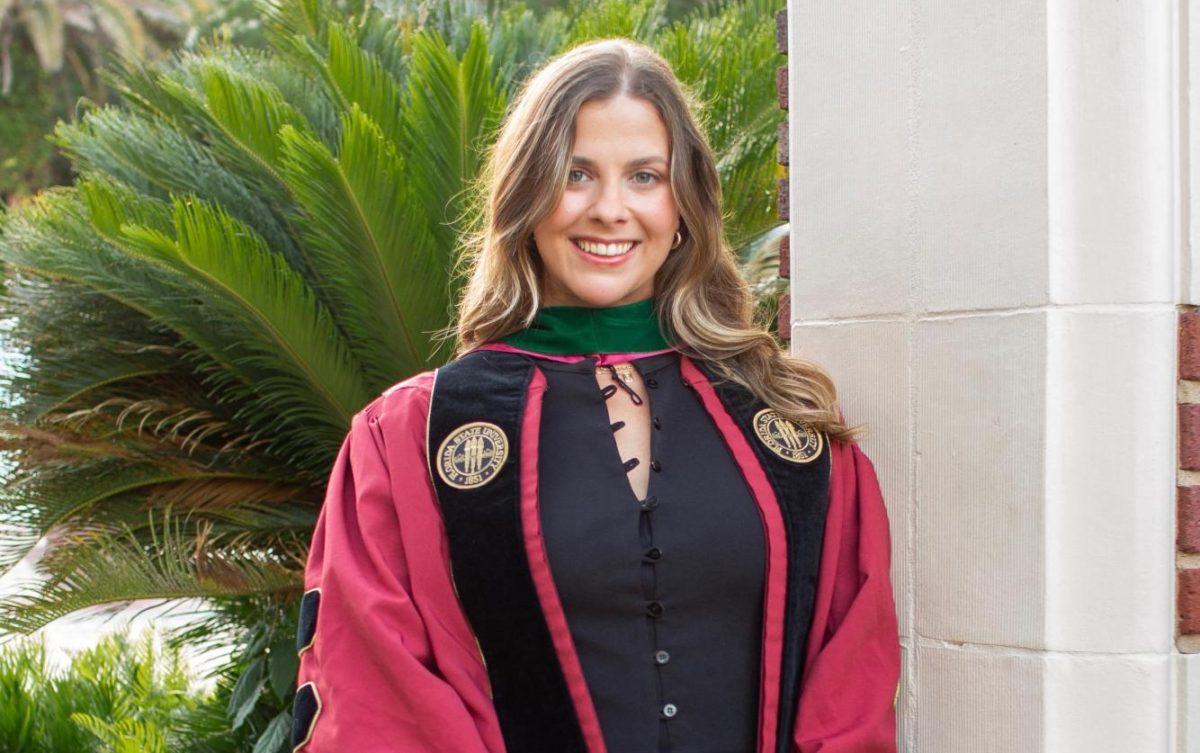


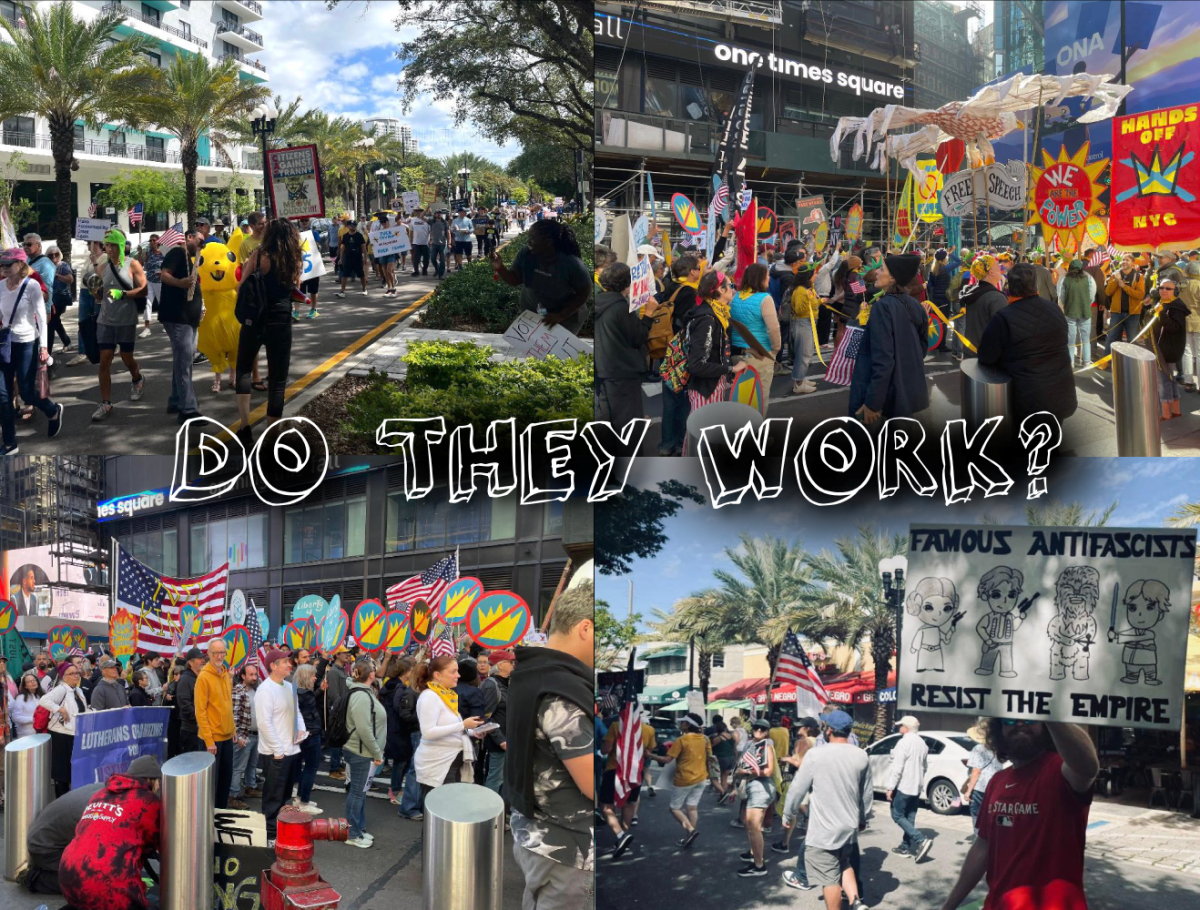

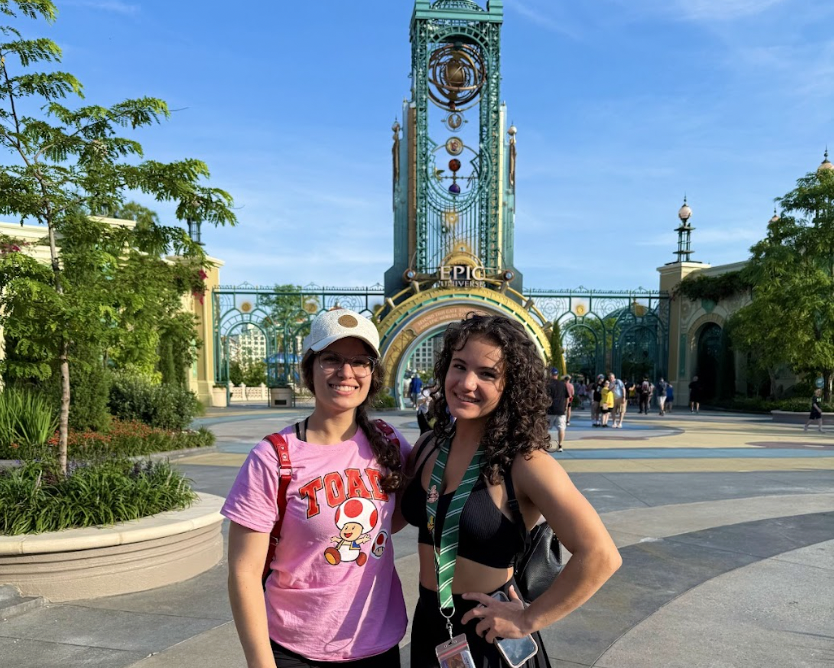
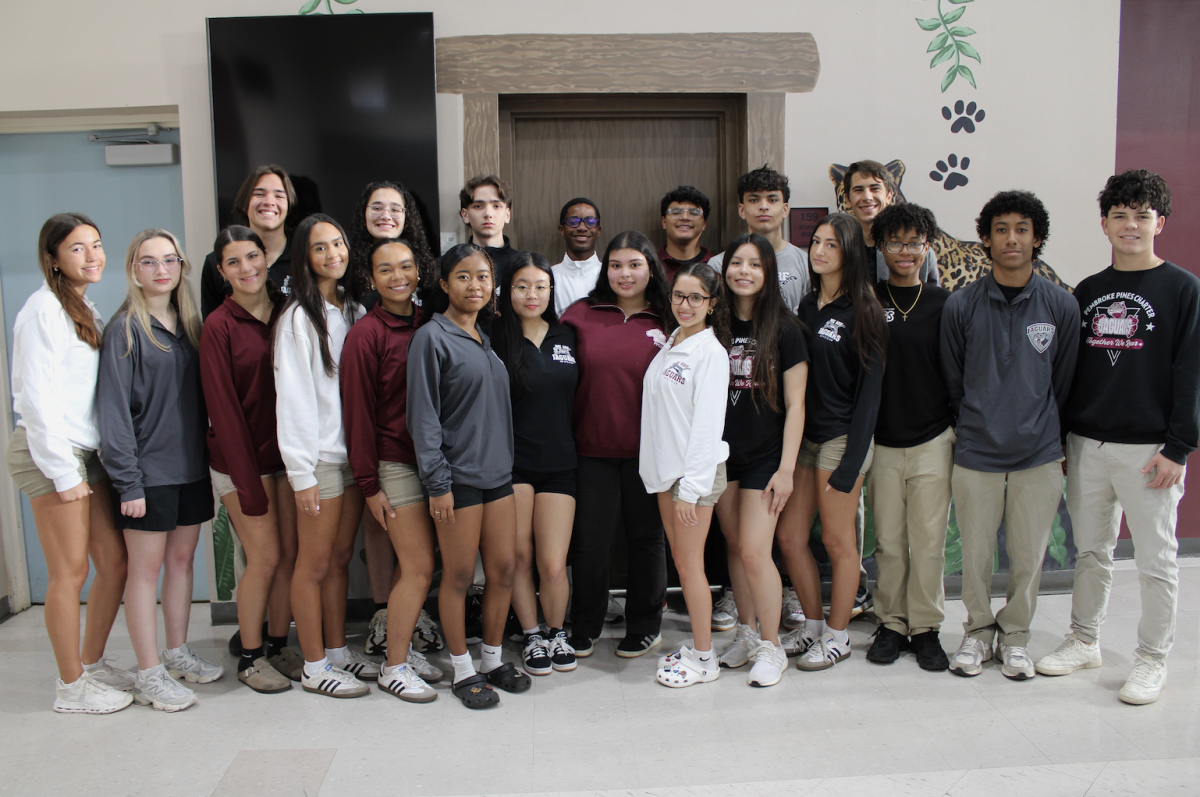



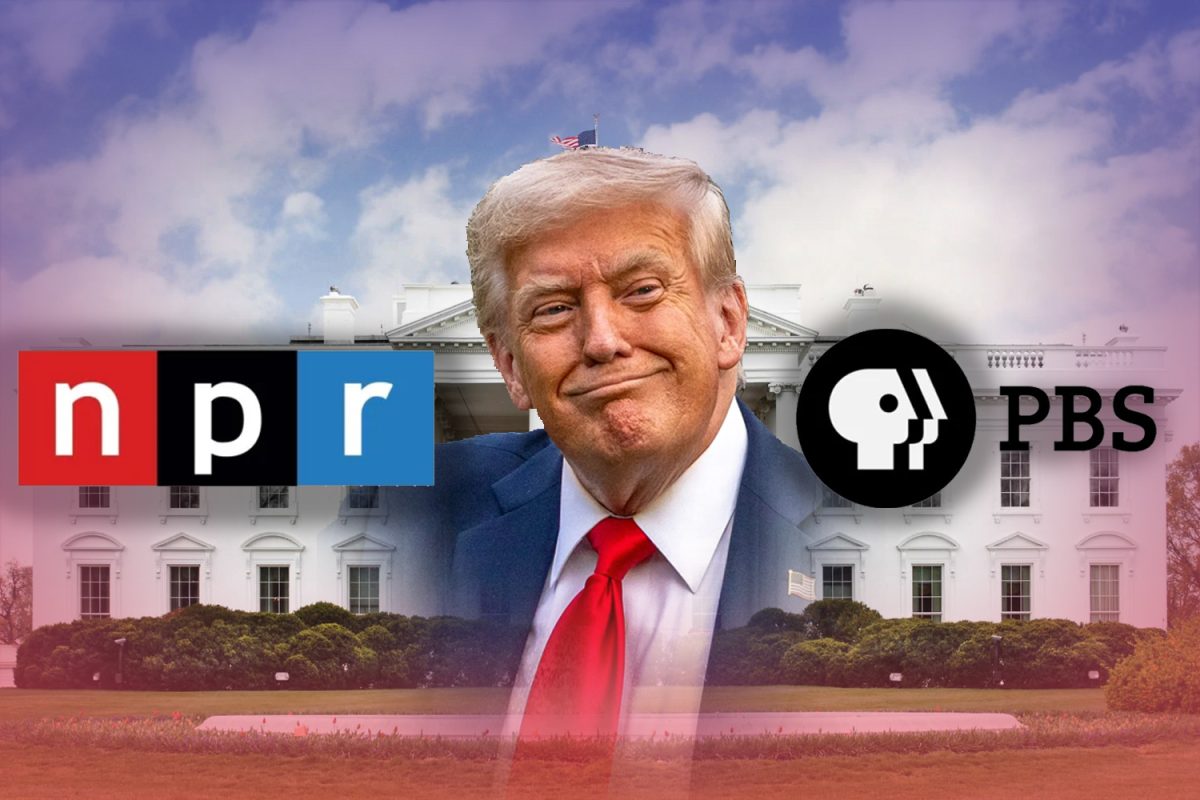
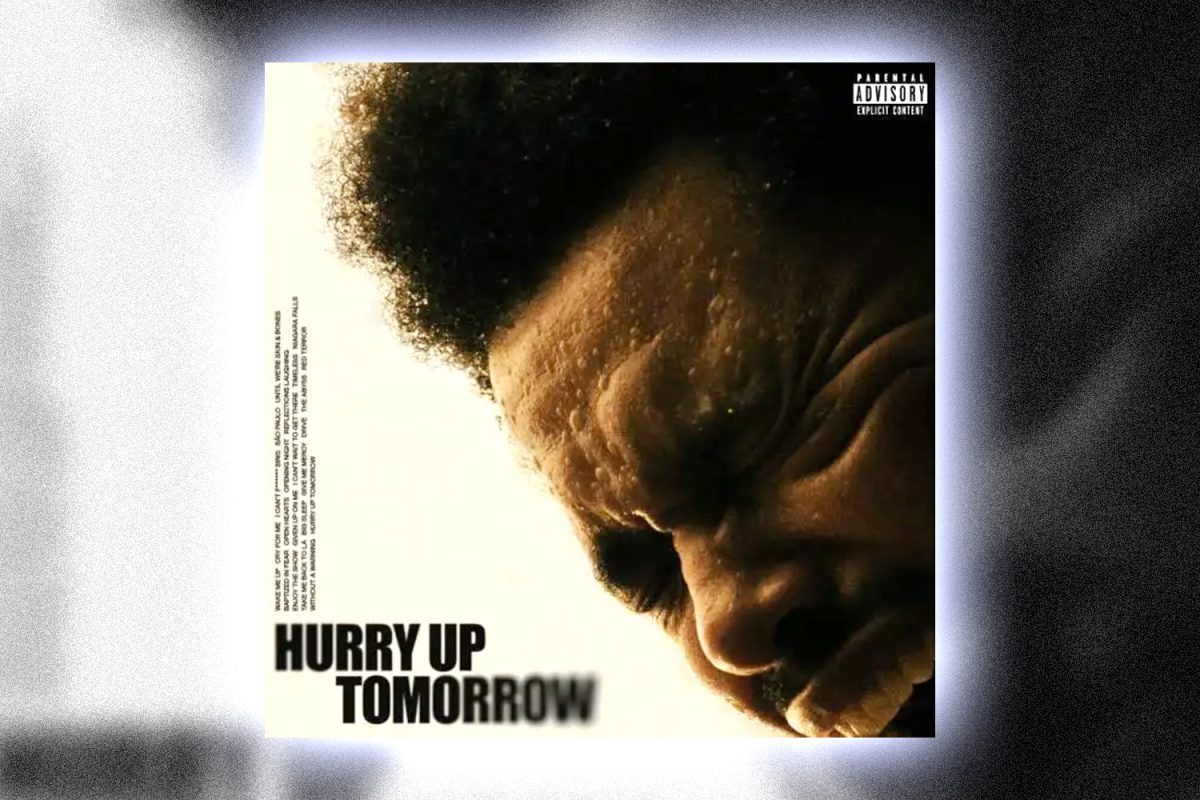
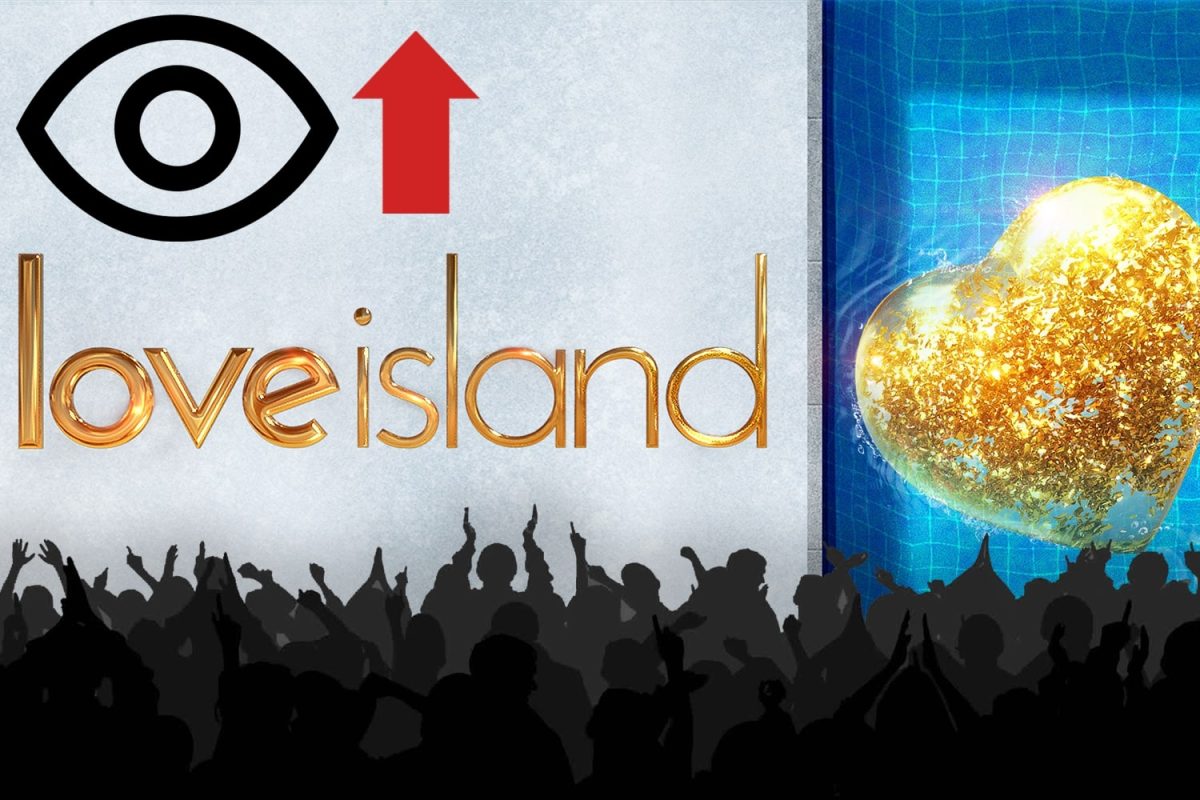
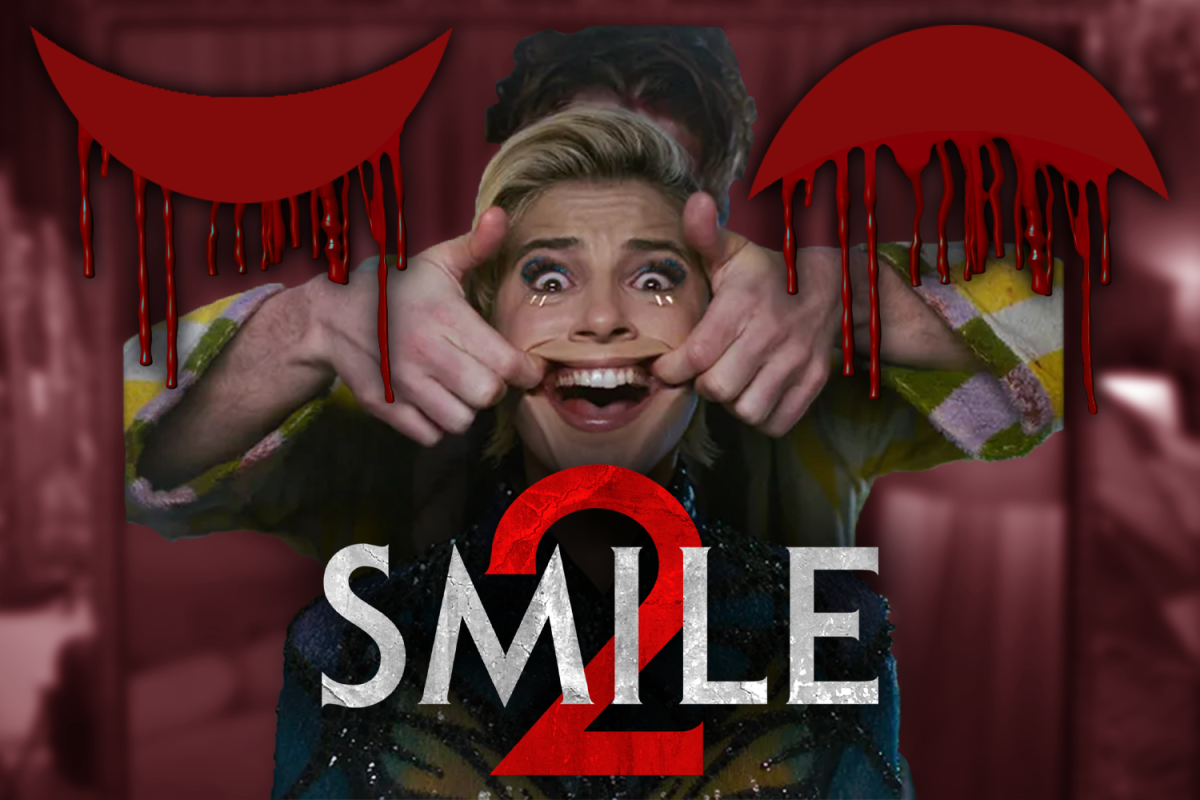
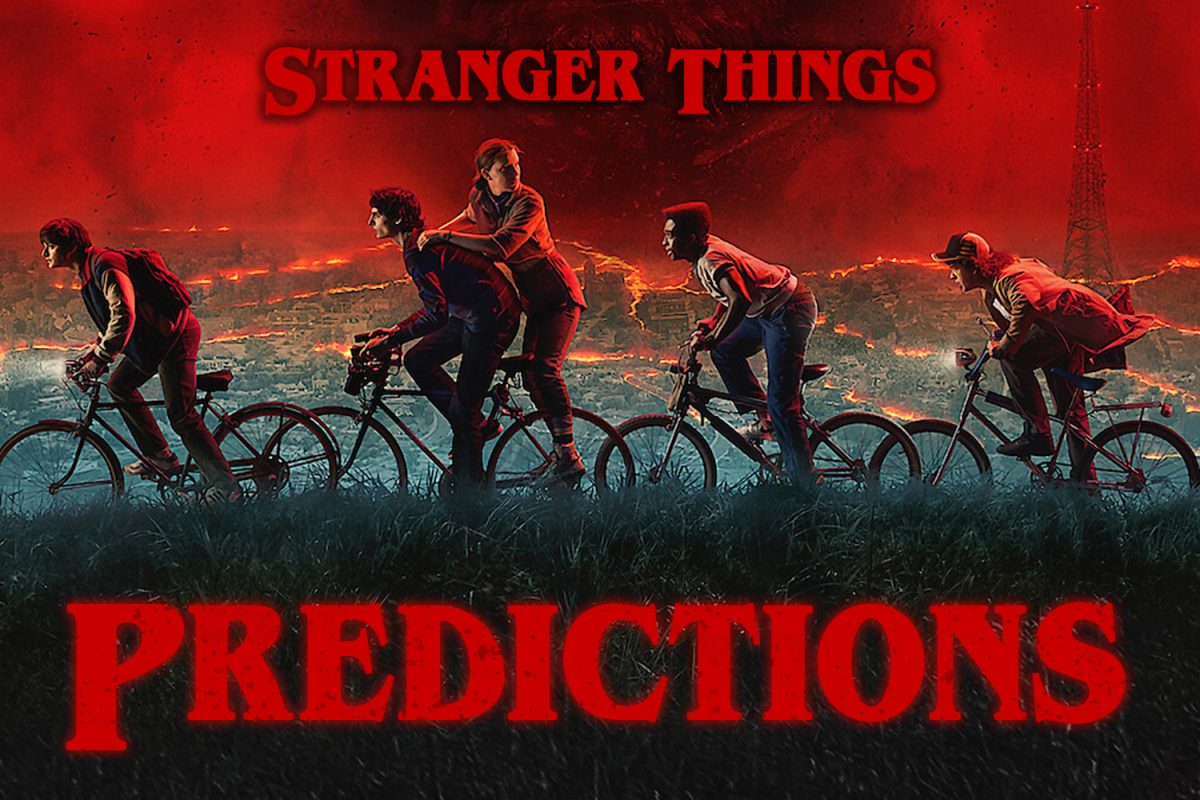
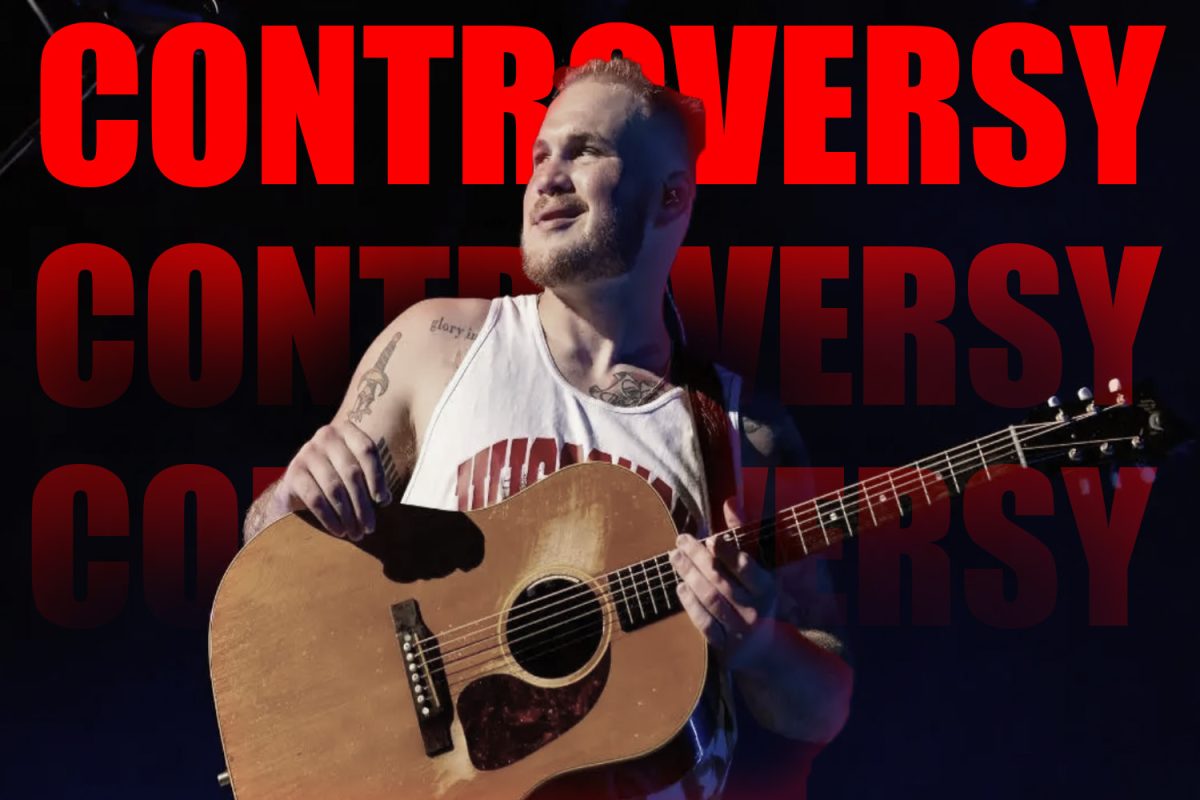
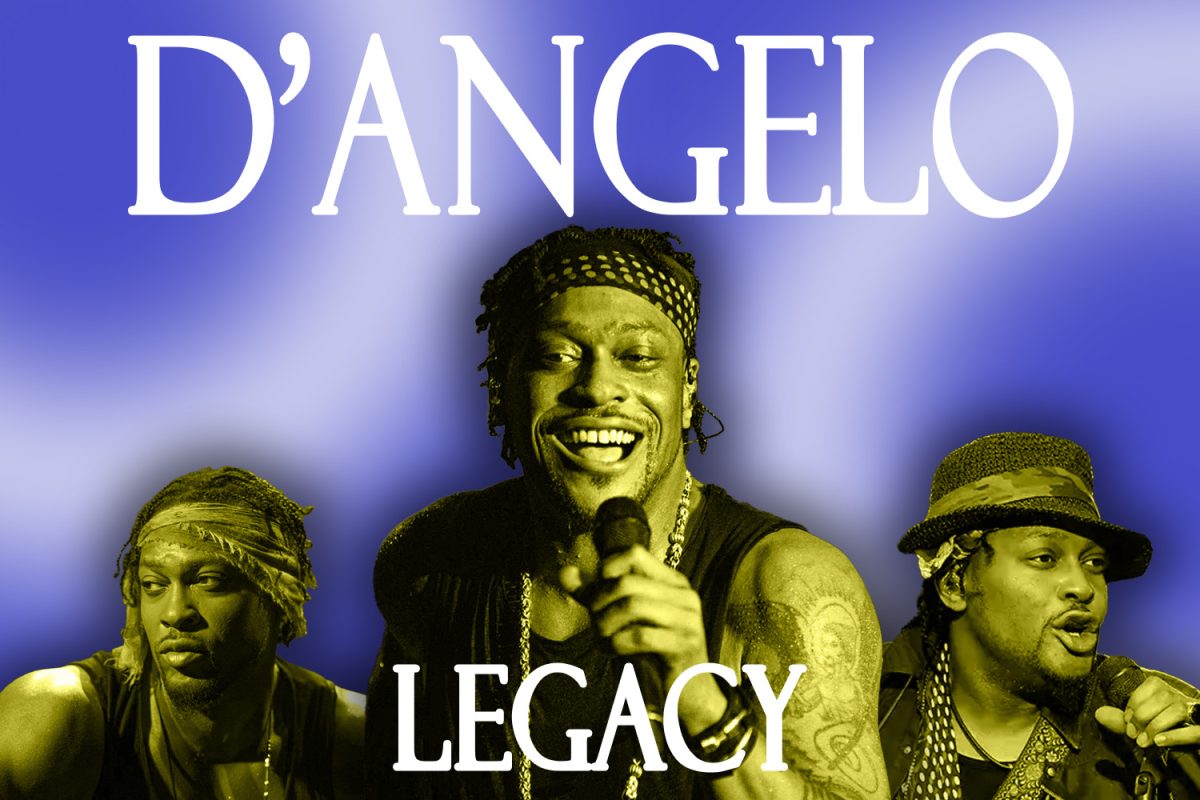
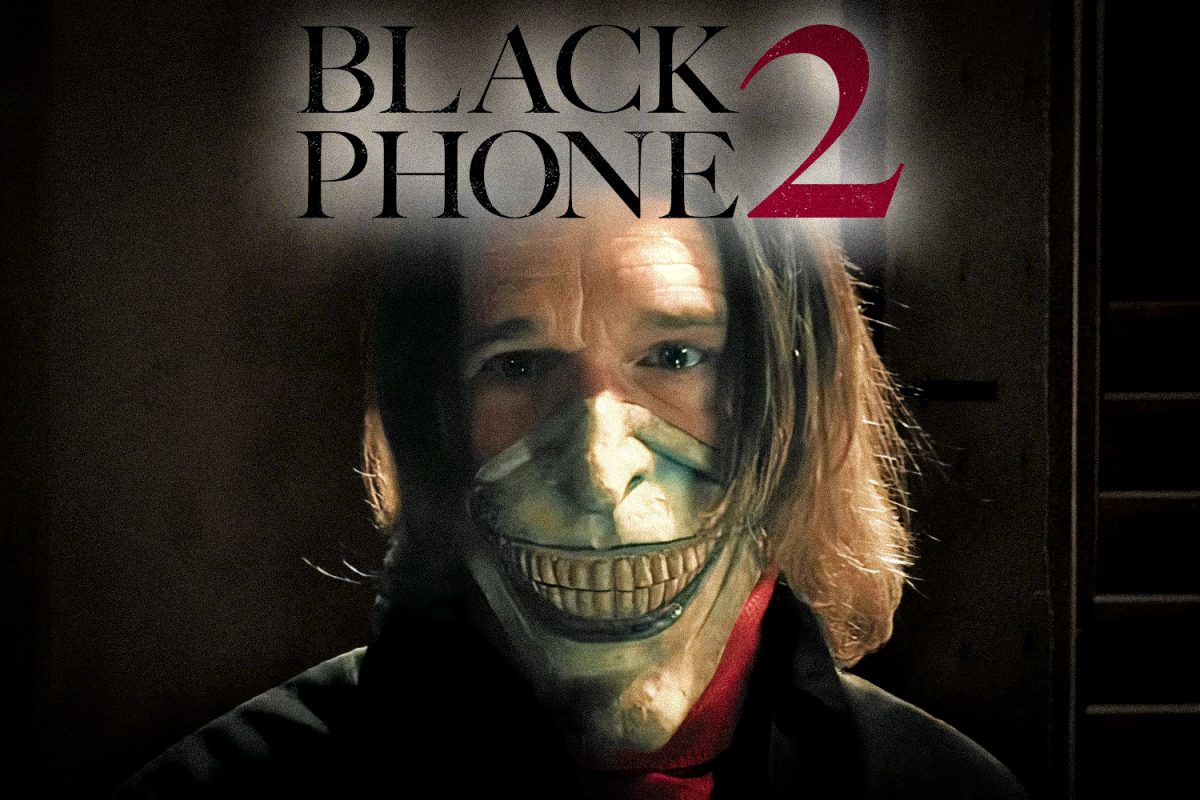


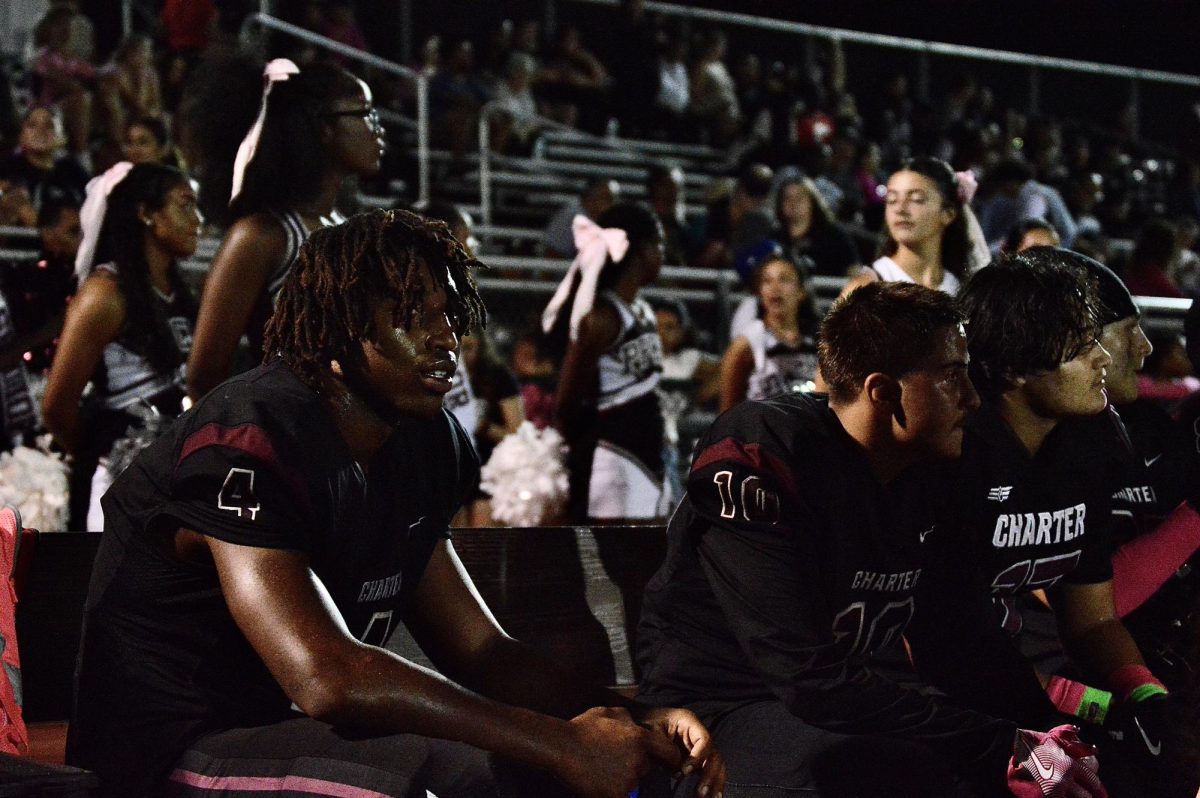
![Varsity Volleyball Senior Abigail Reyolds [left] standing alongside her fellow teammate and captain of the team Senior Sophia Peterseil before their game.](https://ppchsnews.com/wp-content/uploads/2025/10/ABBY-AND-SOPHIA-COVER-1200x673.jpg)
